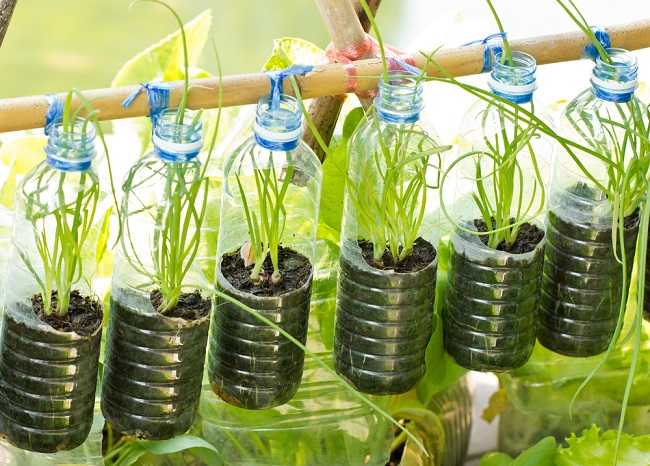Regarding Urban Farming and How to Do It
U rban farming or gardening in the middle of the city is now a lifestyle trend in major cities in the world . Urban farming is not only beneficial in terms of economy, but also health. How to? Consider the following explanation.
Urban farming is a term that refers to independent farming activities, in urban areas with limited land, which is then processed for consumed alone or distributed to other places. One of the activities is growing vegetables and fruits. Urban farming activities usually utilize limited land in urban areas, such as in the yard of a house or office.

Benefits of Urban Farming
Urban farming is usually done by planting crops that are often consumed, such as vegetables, mushrooms, fruits, tubers, medicinal plants, or decorative plants. Urban farming can also be in the form of raising animals, such as poultry, rabbits, goats, sheep, cattle, and fish. Here are some of the benefits and benefits of urban farming.
- Help meet food needs quality
On densely populated areas, urban farming is the right strategy in an effort to help weak economic households in improving food security and consumption of diverse, balanced and safe foods (B2SA). Urban farming products are considered to be fresher and more nutritious, with competitive prices, because they do not go through a process of packaging, storage, and distribution that takes days. - Creating a field jobs
Urban farming is not just an urban lifestyle trend, but can also be a business opportunity, creating jobs and income for people living in urban areas. - Increase consumption of fresh fruits and vegetables
Urban farming also allows the surrounding community to consume fresh fruits and vegetables more often because they can be accessed easily and quickly. - Good for body and mental health
Activities u rban farming can also be used as a training tool physical becomes stronger and makes the body fitter. Urban farming helps us to get back in touch with nature. This activity can reduce stress levels, and maintain overall mental health. - Creating a healthy environment
Urban farming is also a form of environmental revitalization, create green land, reduce heat and air pollution, and reduce the risk of flooding and landslides. - Beautiful scenery Agricultural landscapes, waters, and decorative buildings provide many benefits , including for recreational activities while enjoying beautiful scenery and quality air in the open space.
How to do Urban Farming?
We can make micro-parks by utilizing the small space available to plant trees. The room can be on the balcony, terrace, or roof of the house. Here are some things to consider in realizing urban farming.
- Plant containers
We can plant trees on the ground directly or use container in the form of pots, bottles, used buckets, used car tires, or other storage media. - Planting media
Use garden soil as a planting medium. We can also replace garden soil with substrate objects, such as peanut shells, coconut fiber, rice husks, or soil. If the substrate is also not available, we can use mixed water with fertilizer solution. - Watering
For irrigation or watering, we can use rainwater or residual water that is still feasible. The water needed to water the plants is relatively small. For a garden covering one square meter, it only requires less than 3 liters of water per day. - Plants
In micro parks for urban farming, we can plant a variety of ready-to-eat vegetables, such as cabbage, lettuce, cucumber, tomatoes, and onions. As a variation, try planting herbaceous plants, such as turmeric, ginger, galangal, and
Although mini, this urban farming park is relatively productive. A study conducted by the FAO (Food and Agriculture Organization) shows that one square meter of micro garden can produce about 100 onions every four months, 10 cabbage every three months, about 200 tomatoes or 30 kg per year, or 36 hump lettuce per two months.
Even so, keep in mind that the selection of soil or water for irrigation is two important factors. Avoid using soil or water contaminated with harmful elements. In addition, avoid also using pesticides that can poison the soil and crop yields.
Don't forget to always wear gloves, and wash your hands properly after gardening and before eating. Be careful not to carry dirt from the garden into the house. Wash the results of urban farming before it is stored or eaten, and teach the children to do it too.